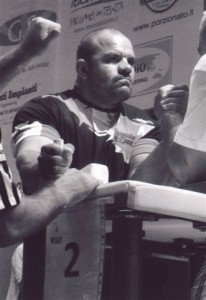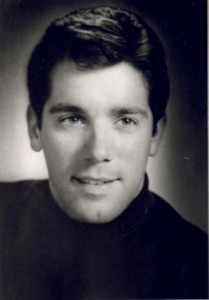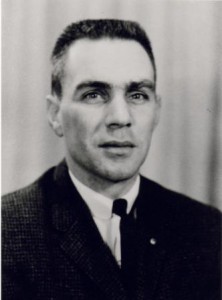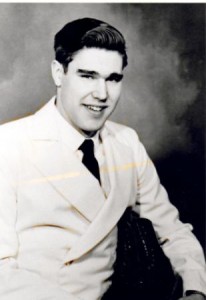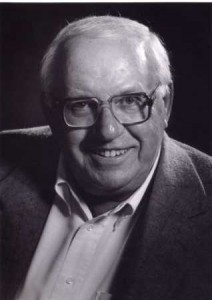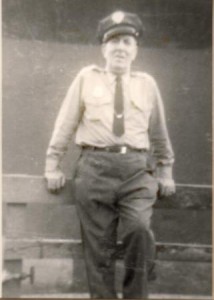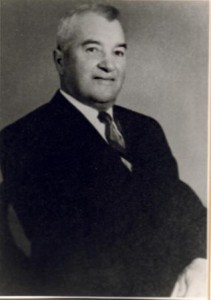 Ancel was part of Collingwood’s greatest long distance running team back in the first ten years of this century. The other two members were the late Hec Lamont and Jack Rowe the dean of all Collingwood athletes.
Ancel was part of Collingwood’s greatest long distance running team back in the first ten years of this century. The other two members were the late Hec Lamont and Jack Rowe the dean of all Collingwood athletes.
Williamson also excelled at lacrosse, basketball and hockey but most of his team games were played in Vancouver, Seattle and New West Minister. We cannot gloss over Ancel’s career without bringing to mind the time he hitched up with Rowe and Lamont in an exhibition race in Collingwood against the great Tom Longboat. The race was run in the old Pine Street Rink in Laps over a five-mile distance. The three Collingwood runners were supposed to each run a mile and two thirds against the great Indian racer. Instead they kept popping out from behind pillars at one-hundred yard intervals. They beat the champion by a few steps. Tom Flanagan, Longboat’s crafty manager, was fit to be tied. It was Longboat’s Canadian barnstorming tour. Williamson won the Canadian Junior one-mile championship inTorontoin 1908 and just missed making the Olympic team. He won the Georgian Baycross-country run and then moved out to the west coast. In 1910, he played with the Vancouver senior lacrosse team, the British Columbia champions.
He moved on to New Westminister in 1911 and once again he was a member of a provincial title winning club. IN the next two yeas he was a member of Mann Cup winning clubs in Vancouver and New Westminister. He played senior baseball and basketball for New Westminister and a member of the Mount Lehman soccer team in the Fraser Valley League.
After being out of hockey for almost twenty years, he donned a pair of skates and played one season in the Vancouver Senior Hockey League.
While serving as a Sgt Major in the Canadian Army, he was good enough to win the army featherweight boxing title.
While serving in the Army, he played on two army lacrosse and hickey teams and it was here that he realized his greatest athletic thrill. He was assigned to the task of checking the great Newsy Lalonde.

